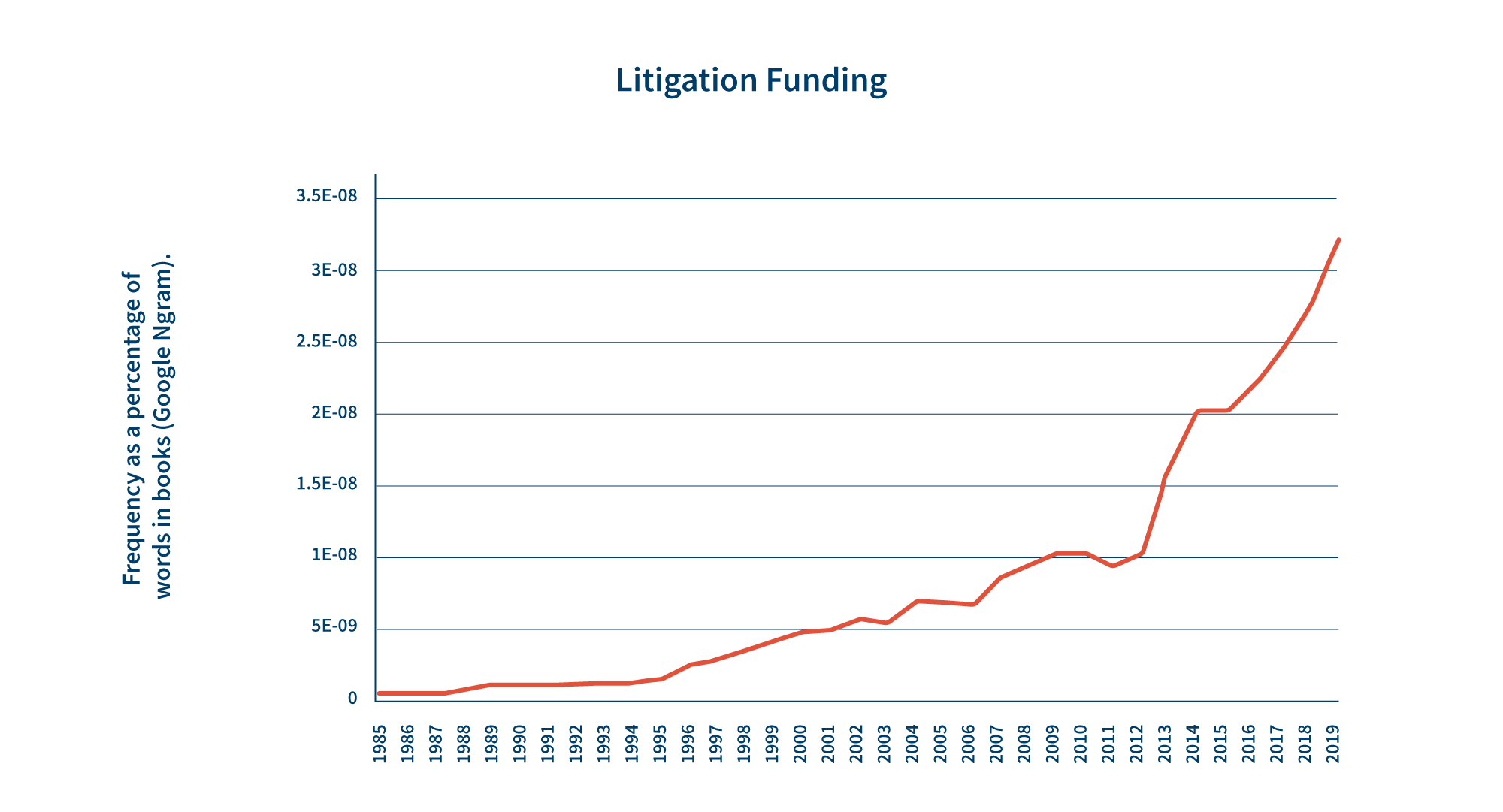The Latest Generation of M&A Disputes: Four Trends
-
September 20, 2022
-
Looking back on the strongest M&A market in history and the disputes that have been emerging.
2021 was a record year for mergers and acquisitions (M&A). Driven by high valuations and abundant liquidity, the total global value of all deals reached an all-time high of USD$5.9 trillion, 64% higher than 2020. Since then headwinds from geopolitical turmoil, the persistence of an inflationary environment that caught many by surprise and recession fears have slowed M&A activity to pre-pandemic levels last seen in H1 2019.
Despite the slowdown, the effects of the 2021 market frenzy are still being felt through a wave of post-acquisition disputes. These disputes are in fact a continuation of certain trends that have been developing for several years. Here are four.
Trend 1: High Valuations, Greater Scope for Disappointment
A period of exceptionally high valuations does not necessarily mean that markets, or individual acquisition targets, are overvalued. However, highly valued deals mean an increased scope for disappointment by parties in transactions. Buyers are disappointed when an acquisition target falls short of the expected returns that had been priced into the bid. Sellers can be disappointed when a significant shortfall against expectations means lower than expected earn-out payments. Disappointment breeds disputes.
Trend 2: An Accelerating Trend to Arbitrate Disputes
Most of the private M&A disputes emerging from the recent exceptionally strong market are resolved in arbitration. By one recent estimate, more than 75% of sale and purchase agreements (SPAs) have arbitration clauses.1 Arbitration institutions report, further, that shareholder, share purchase or joint venture agreements represent a significant fraction of their caseload. For example, these types of agreements represented 14% of the cases administered by the London Court of International Arbitration in 2021.2
More generally, arbitration has experienced steady, long-term growth over the last decade. FTI Consulting recently estimated that international arbitration filings worldwide grew steadily at more than 3% a year from 2010 to 2019, and increased 9.9% in 2020.3 A record period for M&A, already driving related disputes, has accelerated the rise in popularity of arbitration and placed M&A disputes among the most relevant types in the recent past.
Trend 3: The Rise of Warranty and Indemnity Insurance
Warranty and indemnity (W&I) insurance aims to protect the parties against loss resulting from breaches of representations and warranties. W&I insurance can provide sellers with a “clean” exit. The insured party is compensated for covered claims by an insurer. Traditional W&I policies cover certain warranties included in the SPA. Newer forms extend the coverage to “fully synthetic warranties,” whereby a buyer can obtain protection for matters that a seller will not or cannot warrant.
In recent years, W&I insurance has seen significant growth, and many useful innovations associated with W&I insurance have become an important aspect of M&A transactions. According to American Bar Association studies relating to private M&A activity within the United States, the percentage of deals that mentioned representation and warranty insurance (RWI), the U.S. term, grew from 29% in 2017 to 52% in 2019 to 65% in 2021.4 Similarly, 2021 saw an increase in insured transactions in European markets, especially for higher-value deals in the UK.5
W&I insurance has introduced new complexities into many M&A disputes. For example, differences in the damages clauses in the SPA and the equivalent clause in the insurance contract can mean different approaches to the damages valuation with respect to the same alleged breach. Synthetic warranties, covering matters that a seller will not warrant (and that therefore remain outside the SPA), can introduce additional complexities.
Trend 4: The Increasing Importance of Third-Party Funding
Third-party funding is the financing of litigation or arbitration by an otherwise unrelated institution, often a specialized funder. The funder generally receives a share of any payout (funding arrangements can otherwise be flexible). Third-party funding has existed for decades but has grown rapidly in recent years, and across many types of disputes. One indication of the growth in importance of litigation funding is the increase in the use of the term in publications as shown in the chart below.
Analysts expect further significant growth. According to one estimate, the global market was worth USD$11.5 billion in 2019 and is expected to grow to USD$24.1 billion by 2028.6 Very common in investment arbitration or class actions, third-party funding is also used to fund M&A-related disputes. Funders’ approaches to funding decisions affect M&A disputes in various ways. Funders are highly selective as to the disputes they fund, and they tend to involve specialized experts; further, the arbitration process can be more tightly structured than those without funding.
Conclusion
As the second half of 2022 unfolds, it will be interesting to see how the headwinds of this year continue to affect M&A activity. It can be expected that the fallout from an exceptionally active 2021 market continues to translate into a higher number of post-M&A disputes, and that the trends identified above will continue to be of relevance.
Footnotes:
1: Elsing/Pickrahn/Pörnbacher/Wagner, M&A-Streitigkeiten vor DIS-Schiedsgerichten (C.H. Beck, 2022), p. V.
2: LCIA 2021 Annual Casework Report, available at https://www.lcia.org/LCIA/reports.aspx
3: International Arbitration After the Pandemic, An FTI Consulting Report – published in March 2022, 3.
4: American Bar Association, Private Target Mergers and Acquisitions Deal Point Studies (2017, 2019, and 2021).
5: CMS European M&A Study 2022, 55 and 56.
6: https://www.researchnester.com/reports/litigation-funding-investment-market/2800
Published
September 20, 2022



